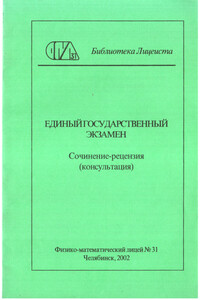1. On/off alarm board, for adapting the on/off transducer signals.
2. Analog channel board, for adapting the analog transducer signal.
3. Average board, for calculation of mean values.
4. Group alarm board, for generation of group alarm signals.
5. Blocking board, for adapting the blocking transducer signals of internal blocking signals.
Display module. It is designated for presentation of analog values on a digital display. Two switches are mounted in the front, and these can be used to determine whether the measured value or one of the set limits is to be displayed when measuring.
Apart from the electronics for interfacing the display, the module includes circuits for generating start signals to the sirens and the rotating lights. The front is equipped with a push button for audible alarm acknowledgement
Selector module. It is used for the selection of the engine room status, attended or unattended, and an engineer on duty. The module is equipped with one circuit board per engineer, and switches and indicating lamps in the front. The unit also provides call of the engineers.
Central unit. Systems with alarm print-out or data logging include the central unit. The control unit is connected to the system via the system bus.
Such systems are programmable bus-oriented electronic systems comprising a number of standard units. The functions in the system are controlled from a central processing unit based on a microcomputer. The functions are determined by a program — the system software — stored on a PROM semi-conductor memory. In addition to the basic functions of the central unit the use of the microcomputer and software make such alarm systems easily expandable to more complex functions.
Typical optional functions available are: presentation of process data on a display, telex transmission of measured values, trend analyses, condition monitoring of the machinery.
The central unit is fitted in a cubicle. The front of the cubicle includes the printer for alarm print-out.
35 . 20
Home exercise. Check vour reading skills. See ex. 32, Section 1, Unit 2.
Data Logging
The data logging function is controlled from the control unit. The measured values are printed out at regular intervals, e. g. every four hours, or by depressing the print-out button.
The central unit addresses the measuring channels with a binary code via the system bus. The address is decoded in each module and one channel is addressed. Signal connections to the system bus, scaling and conversion, are carried out in the same way as during manual measuring. However, the display is extinguished. The central unit receives the measured value in code and the information on the number of decimals, processes the input signals and controls the typewriter, where the measured values are printed out. The data and time are recorded on each print-out. Fill in the blanks:
1. The data logging function is controlled... a) at regular intervals;
b) from the control unit; c) by depressing the print-out button.
2. Signal connection to the system bus, scaling and convertion are carried out in the same way. . . a) the central unit receives the measured value; b) the measured values are printed out; c) as during manual measuring.
3. The address ... in each module and one channel is addressed, a) is decoded; b) is printed out; c) processes.
Now record your time and results.
Homeiask: Ex. 34, 35.
The fifth class period
Review of “Alarm Measuring Systems”. Nouns. 10
36 5
Dwell on the electronic alarm measuring system and its modules with your fellow-student.
37 . 3
Give Russian equivalents for the following English word-combinations:
measuring part, alarm part, analog transducer, the transducer output, the input signal, voltage level, system bus, display unit, channel board, an electron tube, air pressure, the operation principle communication service, human interference, control function, safety rules, data logging, control unit, signal connection, print-out button.
38 4
Give English equivalents for the following Russian word-combinations. See ex. 34.




